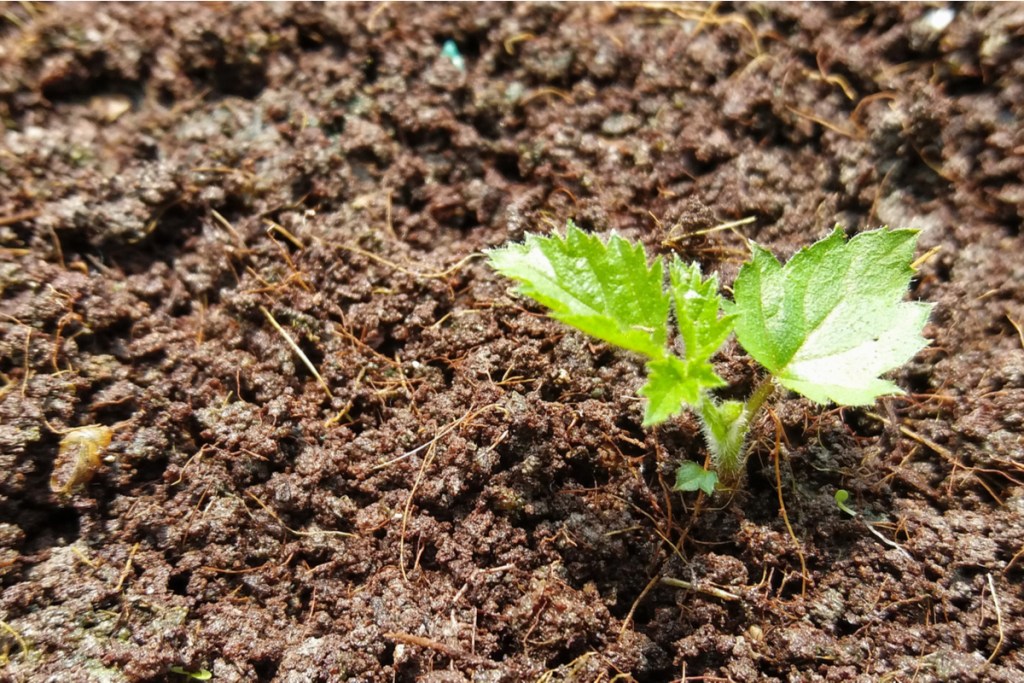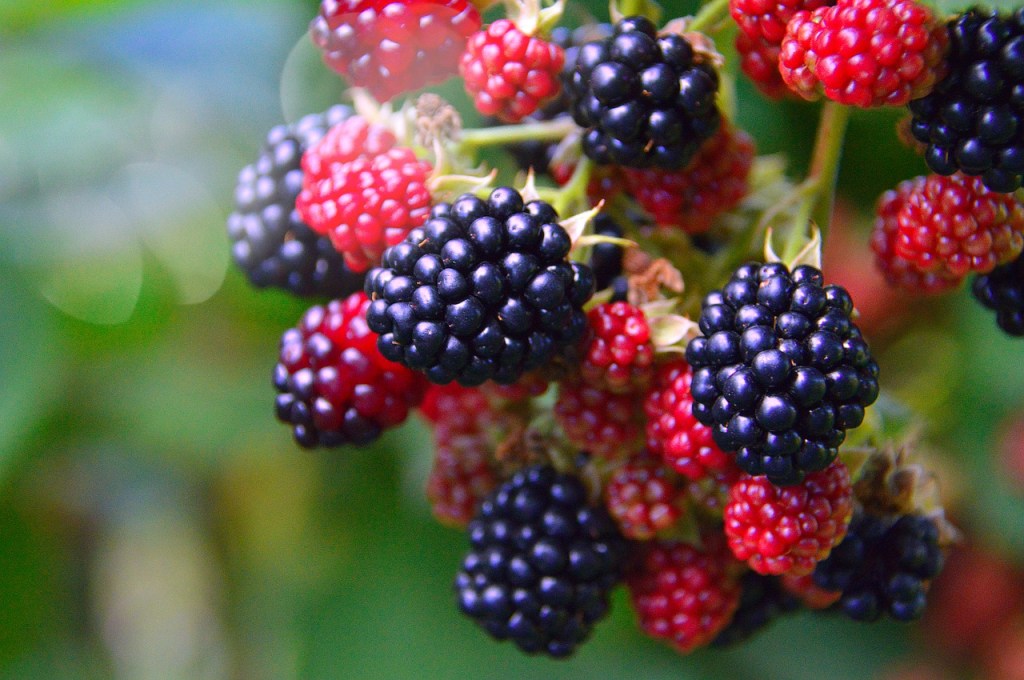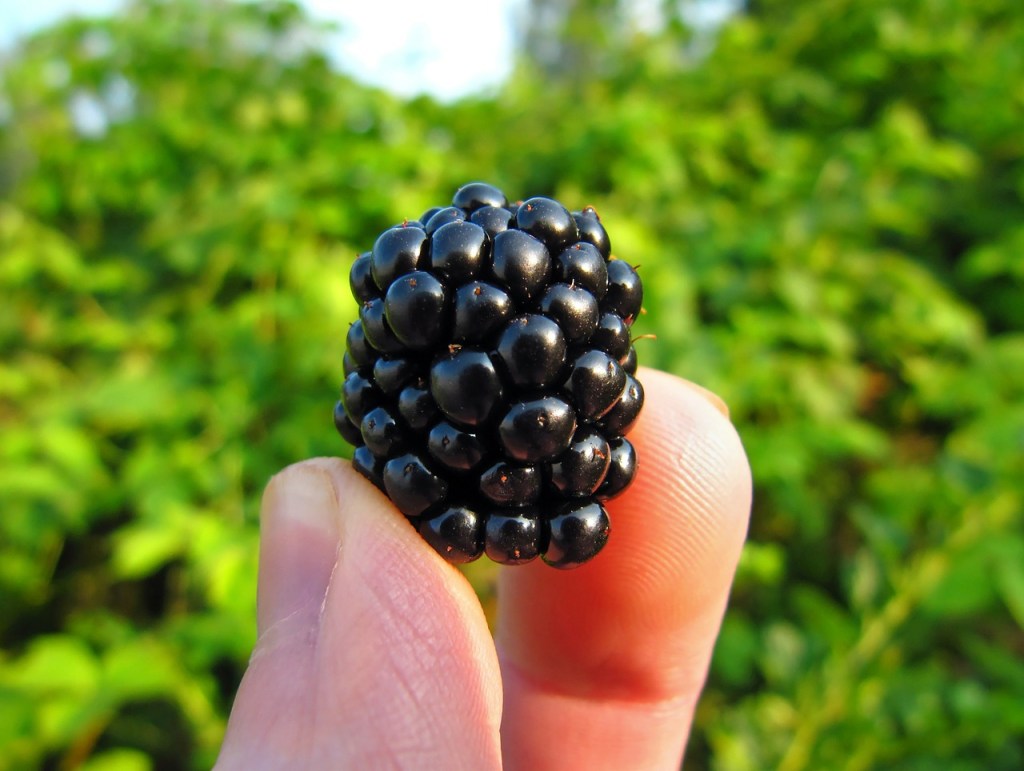For those of us who grew up in rural areas, reaching into a bramble thicket to harvest some ripe, juicy blackberries is a defining childhood memory. Even if you grew up elsewhere, there’s a good chance you’re a fan of these berries. They’re delicious on their own or added to tarts, pies, or smoothies. If you’ve got a craving for fresh blackberries, then you should know that blackberries are easy to grow and propagate at home! We’ve got everything you need to know to add blackberries to your garden, here in this handy guide.
What variety of blackberries should you grow?
Blackberry varieties can fall into a couple of different categories. There are thorny and thornless varieties, as well as trailing (vine-like) and erect (bush-like). There are also semi-erect blackberries, which are somewhere in the middle. They all grow in fairly similar conditions, but there is a trade-off.
Trailing varieties tend to produce more berries, and the berries are typically larger and more flavorful. However, they’re less hardy, especially in colder environments, and need to be trellised. Erect varieties don’t produce as many berries, and the berries can be a bit less flavorful, but the plants are less likely to see significant damage and they typically don’t need trellising. Semi-erect varieties are hardier than trailing and produce higher yields than erect varieties but may be lacking in flavor and still benefit from trellising.
If a trailing variety sounds right for you, then you should look into Obsidian and Silvan, which are thorny, or the thornless Black Diamond and Columbia Star. For semi-erect varieties, turn to Triple Crown, Black Satin, and Loch Ness, all of which are thornless. If you want an erect variety, check out Navaho and Ouachita for thornless varieties, or look for the thorny Illini Hardy.

When and how to plant blackberries
Blackberries can be planted in late fall or early spring, depending on your climate. If you live in northern, colder areas, then early spring is a better option, while those living in milder regions may not see any issue planting in fall.
Blackberries can be grown from seed, but are typically planted as saplings, called canes. In early spring and late fall they’re dormant, which increases their likelihood of survival. Since they’re dormant, you may not see any signs of life at first. This is normal, don’t panic!
Blackberries require full sun, rich soil with organic matter, and soil that’s well-draining. You can add compost or leaf mulch to your soil if you think it doesn’t have enough organic matter, but test your soil before adding any fertilizers. You don’t need a large hole for the can to go in. A shallow hole, roughly an inch deeper than the container it was in, is enough. The spacing of your blackberries depends on the variety you have. Trailing varieties need more room and should be spaced 6 to 8 feet apart, while semi-erect varieties should be spaced 5 or 6 feet apart. Erect varieties need the least room and can be spaced 3 to 4 feet apart.
Although some fruit plants require 2 or more plants for pollination and fruit production, blackberries are self-pollinating. This means that you really only need one plant to have blackberries, although having more plants will increase your harvest.

Caring for blackberries
Blackberries need roughly an inch of water weekly in mild regions, and they benefit from supplemental waterings in hotter areas. Adding a layer of mulch underneath your blackberries helps the soil retain moisture, as well as suppressing weeds and insulating the soil.
Small insects like aphids and fruit flies can target blackberries. Focus on keeping your plant healthy and removing damaged fruit, disposing of it in a container, like your trash can, so that the insects aren’t released back into your garden. Encouraging predatory insects, like ladybugs, to live in your garden is also helpful, as they eat the smaller insects. Planting flowers like marigolds and herbs such as dill can help attract ladybugs. Insecticidal soaps are also effective against them, while having a minimal impact on the environment and beneficial insects.
As previously mentioned, trailing and semi-erect varieties need to be trellised. Erect varieties can also be trellised, but don’t require it. You can use any type of trellis, but a simple vertical trellis made of wire or wood is standard. Place the trellis next to the plant and gently weave the end of the cane through the trellis, securing it with garden ties if necessary.

How and when to harvest blackberries
Blackberries are harvested in mid to late summer. A ripe blackberry will be fully dark purple or black, with no red or white. It will also be soft and plump, not firm or hard. Since ripe blackberries are soft, it’s important not to squeeze or pull them when harvesting, as this can damage the fruit. Instead, gently wiggle it to loosen it up. It should detach easily.
No matter what variety you choose or how you like to eat them, blackberries make a wonderful addition to yards and gardens. They’re easy to grow and care for, and the delicious fruit they provide more than makes up for any accidental thorn pokes! Treat your blackberry plant well and you’ll have fruit for years to come.
Editors' Recommendations
- 3 incredible reasons why you should be using coffee grounds in your garden
- Why mulching might be the best option for your old Christmas tree
- Have you ever wondered if potatoes are fruits or vegetables? We have answers
- These are the 10 best gardening shows to stream right now
- Keep your yard happy all year with these 5 grasses that grow in the winter




